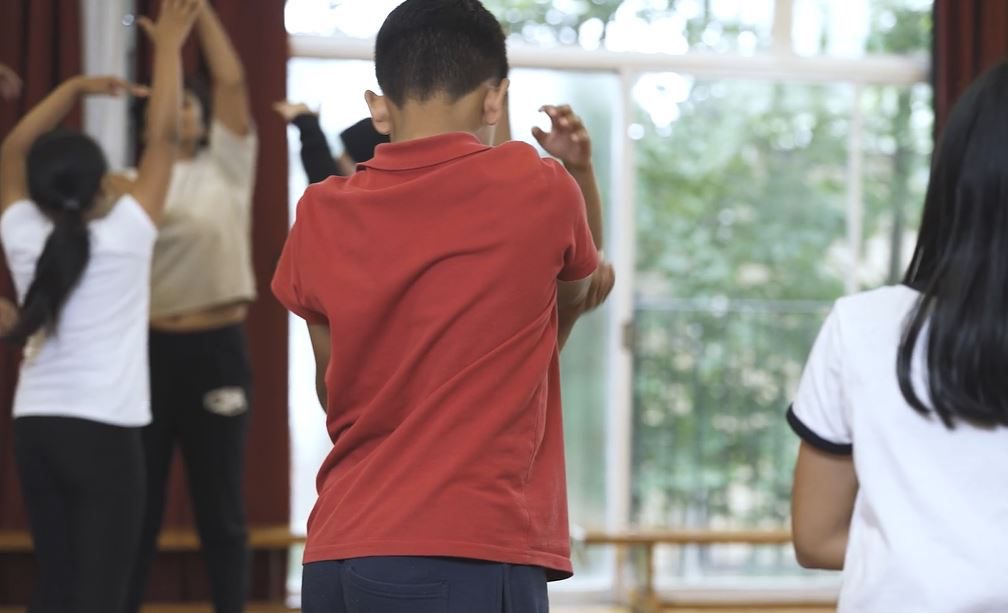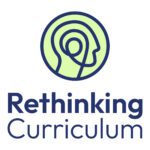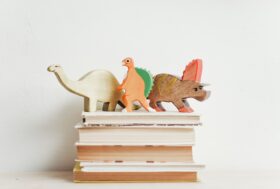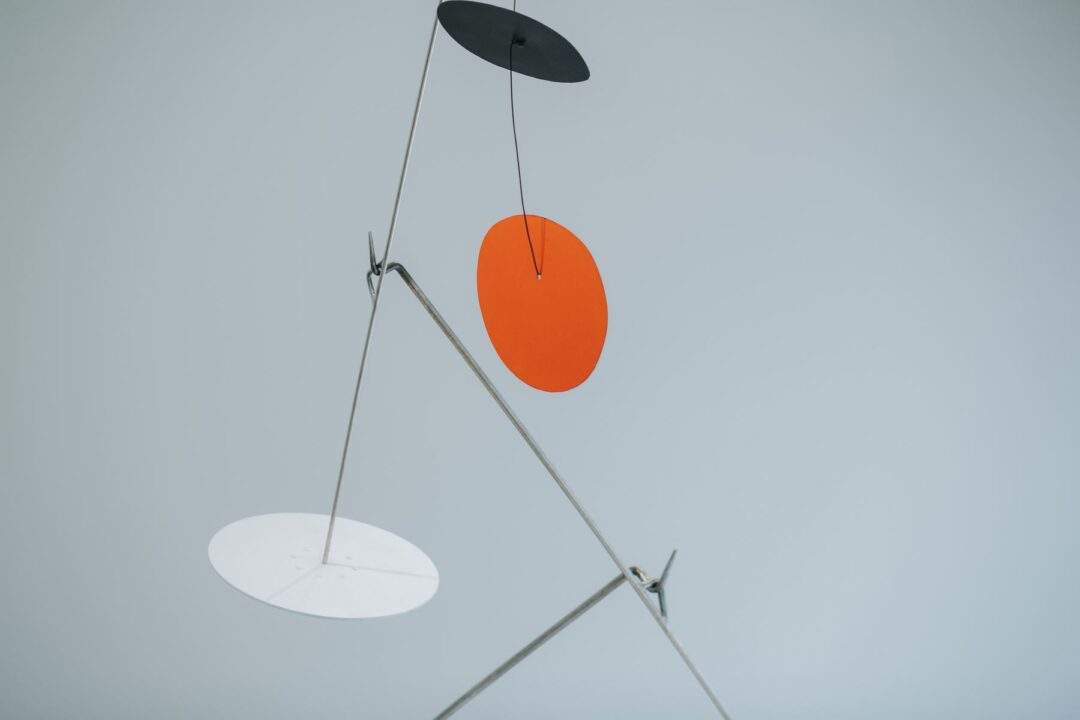Dance at Lansbury Lawrence: A Case Study

 This article has been published as part of the Rethinking Curriculum project, kindly funded by The Helen Hamlyn Trust.
This article has been published as part of the Rethinking Curriculum project, kindly funded by The Helen Hamlyn Trust.
Kerri Sellens, Assistant Head, Lansbury Lawrence Primary School
Introduction
Lansbury Lawrence Primary School is situated in Poplar, in the east London borough of Tower Hamlets; a community that faces significant socio-economic challenges. Tower Hamlets has one of the highest rates of child poverty in the UK (Trust for London, n.d.). At Lansbury Lawrence over 50 per cent of our pupils qualify for pupil premiumAdditional funding for publicly funded schools in England to raise the attainment of disadvantaged pupils of all abilities (PP). Additionally, 88 per cent of our students speak English as an additional language (EAL), and 24 per cent of children have identified Special Educational Needs. These statistics highlight the need for an inclusive, enriching curriculum that supports all learners.
At Lansbury Lawrence, we recognise the critical role of the arts in addressing educational inequities. As highlighted in The Arts in Schools report (Tambling and Bacon, 2023): ‘Arts subjects are a valued part of the curriculum in their own right in independent schools, which fall outside of curricular mandates: cultural learning is embedded, connecting and enhancing learning in other subjects.’ The Cultural Learning Alliance (2023) further summarised: ‘despite all that we know about the value of arts subjects for children and young people, there is a lack of value ascribed to the arts within the state education system in England. Access to the arts is not equitable: we have a two-tier system, with the arts more highly valued in independent schools.’
We are strategic in our approach to closing this gap at Lansbury Lawrence. We plan for sustained development within the arts as, like our independent school colleagues, we have found a consistent impact on teaching and learning across the curriculum through creative arts approaches.
Research supports this approach: Catterall et al. (2012) found that socioeconomically disadvantaged students who engaged in the arts demonstrated higher educational achievement than their peers who did not.
This case study explores one of our initiatives: developing curriculum impact through dance and movement.
Why dance?
As part of our Artsmark accreditation process, we audited our arts provision and identified dance as an area with untapped potential.
Dance is a statutory requirement in the UK National Curriculum for Physical Education at both Key Stage 1 and Key Stage 2 (DfEDepartment for Education - a ministerial department responsible for children’s services and education in England, 2013). However, we saw opportunities to integrate dance beyond PE, embedding it across subjects to support learning, engagement, and wellbeing.
Additionally, we were also aware of local health statistics. By Year 6, over 40 per cent of children in Tower Hamlets have excess weight (Tower Hamlets Council, 2023), increasing their risk of poor health outcomes. We believed that by incorporating more movement-based learning, we could contribute positively to students’ physical wellbeing whilst also enriching their educational experience.
Curriculum and pedagogical approach
Our journey into developing our dance provision began in 2020 through conversations with Akram Khan Company (AKC). We wanted to learn more about dance from professionals, and AKC were interested in exploring the legacy potential of working more closely with primary schools.
Akram Khan’s background resonated strongly with our community. Born in London to a Bangladeshi family, Khan’s journey as a world-renowned dancer challenged stereotypes and provided an aspirational figure for our children.
Having established a relationship, in 2022 we applied for the Paul Hamlyn Foundation Teacher Development Fund, proposing a two-year project to provide dance training for teachers across five primary schools. The bid was successful, launching an ambitious initiative aimed at upskilling teachers to integrate dance and movement into their everyday teaching.
The project was structured to start with professional dancers leading the sessions. Many teachers initially felt apprehensive about their own dance abilities, but reframing dance as “movement” made participation more accessible. Dance could be any movement, big or small. Through workshops and collaborative planning, teachers and dancers worked together to embed movement into the curriculum across various subjects and key stages.
As the project progressed, the role of professional dancers gradually shifted from leading lessons to mentoring teachers. This empowered educators to independently use movement in their teaching, ensuring sustainability beyond the initial training period.
We also factored in opportunities for school assemblies led by AKC dancers, for whole-school communities to experience a technical performance together.
By the end of the two years, dance was integrated into multiple curriculum areas, including science, history, geography, English, and maths. It was also used for classroom transitions, calming activities, and focus-building exercises. Each school had at least two dance advocates – teachers trained through the project who shared their learning with colleagues through in-house professional development sessions.
Project reach and impact
The project had a significant impact across the participating schools:
- Dance artists involved: 12
- Lead teachers trained: 15
- Teaching assistants engaged: 10
- Senior leadership team participants: 10
- Children reached: 420
- Teachers benefiting from training: 80
Findings
Supported by the Paul Hamlyn Foundation, we conducted an in-depth evaluation using a Theory of Change framework, guided by three key enquiry questions:
- How can a dance continuing professional development and learning (CPDL) programme develop genuine buy-in from teachers at different career stages and skill levels?
- What impact does using dance as a teaching tool have on children’s communication and engagement in learning across the curriculum?
- How can lead teachers effectively share their new dance pedagogy across their schools?
Key Findings
- Teacher engagement: Regular, structured collective sessions fostered strong buy-in. The opportunity for ongoing discussions and collaboration between teachers and dancers created a mutual exchange of expertise, leading to a deeper appreciation and understanding of dance as a pedagogical tool.
- Children’s communication and engagement: Teachers reported marked improvements in the children’s ability to express ideas, engage in lessons, and retain vocabulary and concepts across the curriculum when dance was integrated into their learning. This aligns with Education Endowment Foundation (2021) research, which finds that arts participation positively impacts academic outcomes.
- Sustainable change: The model of embedding dance advocates in each school ensured that the initiative did not fade after the external support ended. Teachers continue to use movement strategies independently and have shared their learning through in-school training. To mitigate against the possibility of any of our advocates leaving their schools, sharing learning wider became an essential strategy for legacy within the second year of the project.
As further evidence of impact, Lansbury Lawrence was one of the core schools that contributed to the recent Researching the Arts in Primary Schools report (Thompson et al., 2025). It found: ‘Commitment to the expressive arts does not come at the expense of other subject learning. The majority of the arts-rich schools we studied did at least as well as, if not better, than equivalent schools and schools in their local authority.’
Recommendations
Sustained curriculum development
- Implementing arts integration requires time. Align initiatives with school priorities and ensure there is a clear plan for lasting impact.
- A structured framework, such as the Artsmark process, can help schools to evaluate their provision and identify areas for improvement with senior leadership support.
Leverage local resources and networks
- Schools can utilise their unique contexts by engaging with local arts organisations and community networks to design relevant and meaningful arts opportunities.
- Collaborating and co-designing lessons with professional artists can provide invaluable expertise and inspiration for all.
Embedding arts in school culture
- To sustain arts integration, schools should establish internal specialists (e.g. dance advocates) who can support their colleagues through training and shared practice.
- Providing time within staff development schedules for arts-based CPD ensures that teachers feel confident and capable in using creative approaches.
Conclusion
Lansbury Lawrence’s journey into integrating dance into the curriculum has demonstrated the power of movement as an educational tool. This initiative has enhanced student engagement, improved communication, and encouraged a greater appreciation for the arts within our school community.
While we have made significant strides, there is still work to be done in ensuring this learning becomes deeply embedded. Given the pressures of a packed curriculum and limited time, finding accessible and practical ways to incorporate dance and movement remains crucial. All the Tower Hamlets primary schools involved with this project are committed to continuing this work.
The key takeaway? Find your purpose, connect with others, and be bold. The arts offer limitless possibilities for enhancing teaching and learning, and they deserve to be embraced.
References
Catterall J S, Dumais S A and Hampden-Thompson G (2012) The Arts and Achievement in At-Risk Youth. Available at: https://www.arts.gov/sites/default/files/Arts-At-Risk-Youth.pdf (accessed 29 May 2025).
Cultural Learning Alliance (2023) The Arts in Schools: Foundations for the Future – Summary Report. Available at: https://www.culturallearningalliance.org.uk/arts-in-schools-summary/ (accessed 29 May 2025).
Department for EducationThe ministerial department responsible for children’s services and education in England (DfE) (2013) Physical education programmes of study: key stages 1 and 2. Available at: https://assets.publishing.service.gov.uk/media/5a7c4edfed915d3d0e87b801/PRIMARY_national_curriculum_-_Physical_education.pdf (accessed 29 May 2025).
Education Endowment Foundation (EEF)(2021) Teaching & Learning Toolkit: Arts Participation. Available at: https://educationendowmentfoundation.org.uk/education-evidence/teaching-learning-toolkit/arts-participation (accessed 29 May 2025).
Tambling P and Bacon S (2023) The Arts in Schools: Full Report. Available at: https://www.culturallearningalliance.org.uk/wp-content/uploads/2023/11/The-Arts-in-Schools-full-report-2023.pdf (accessed 29 May 2025).
Thomson P, Hall C and Maloy L (2025) The RAPS Project: Researching the Arts in Primary Schools. Available at: https://www.researchgate.net/publication/389602328_The_RAPS_Project_Researching_the_Arts_in_Primary_Schools (accessed 29 May 2025).
Tower Hamlets Council (2023) Child Healthy Weight Action Plan. Available at: https://www.towerhamlets.gov.uk/Documents/Children-and-families-services/Child-healthy-weight-action-plan.pdf (accessed 29 May 2025).
Trust for London (n.d.) Tower Hamlets. Available at: https://trustforlondon.org.uk/data/boroughs/tower-hamlets-poverty-and-inequality-indicators (accessed 29 May 2025).

 This article has been published as part of the Rethinking Curriculum project, kindly funded by The Helen Hamlyn Trust.
This article has been published as part of the Rethinking Curriculum project, kindly funded by The Helen Hamlyn Trust.








